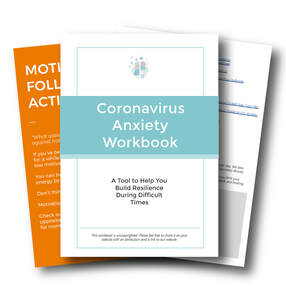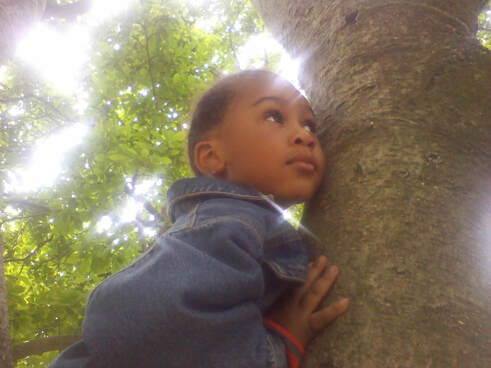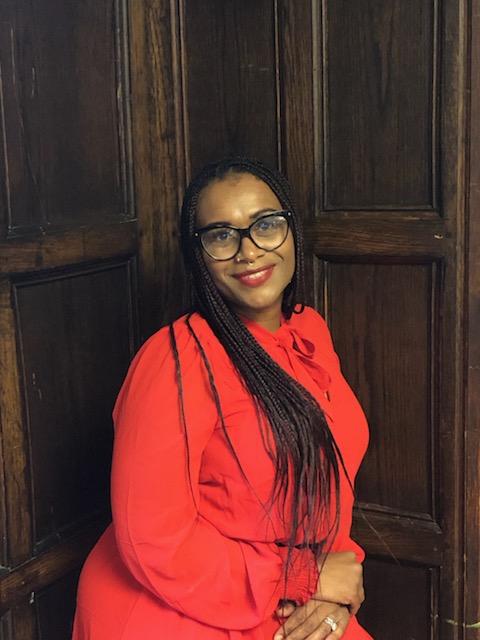|
In this unprecedented period of global uncertainty, we felt it was necessary to put together a coronavirus anxiety workbook to provide our community with much needed support. This is an online version of the PDF workbook which you can download for free above.
The first thing to note right now is that it’s completely normal to be experiencing a wide range of emotions. Accepting your feelings is an important first step to building resilience. The simple act of naming your emotions has been found to benefit wellbeing. So, take a moment now to tune into your body and notice how you’re feeling. You may be feeling:
Remember: It’s okay to feel discomfort. Accepting distress is often the quickest way to feel immediately calmer. Provided by the Wellness Society thewellnesssociety.org/
1 Comment
April 2nd was World Autism Awareness Day to raise awareness about people with autistic spectrum disorders including autism and Asperger syndrome throughout the world. Throughout April, you may notice the world showing their support in various ways.
At the age of 4, my oldest and only son was diagnosed with autism spectrum disorder (ASD). ASD is a condition related to brain development. It impacts the way a person perceives and socializes with others. ASD can make social interactions and communicating with others difficult. There can be some limited and repetitive patterns of behavior. Now, my son is 13, a teenager. Growing as a parent, understanding him and his “normal” has been challenging and rewarding. He had a lot of issues with socializing and trying to make friends since the age of 4. Any environment with heightened noise levels was hard for him. This also included the classroom. He had behavioral issues because of it. At home, he was perfectly fine. Except, he loves being tucked away in his room. He loves his own company and entertaining himself. He has no issues being his own best-friend. Some may think of this as social isolating or being introverted. He can go between both. At school, he has a select few friends he chooses to talk to. He has begun to express his interest in a girl or two. We discuss college. We talk about his interests which includes his beat making that he uploads on sound cloud here. All these things may seem quite “normal” for a child not on the spectrum. As a parent of a child with ASD, I praise these milestones because I had no idea what my son’s “normal” would look like. I had to adjust my idea of “normal” and start over so that I became the learner-parent. A month ago, he was sent home with a packet to complete over a 2-week period as the world was trying to brace for what was to come with the early onset of the pandemic. He was totally fine with working on his own and being tucked away in his room. As his mom, I wanted to process what was going on and for what could possibly happen as COVID-19 progressed. He assured me he was fine and often would appear to be annoyed that I wanted to discuss or continue to check in with him to make sure he was fine. Deep down, I knew he was fine with staying home. My son is not a huge talker, he will speak when he has something to say or ask. He sticks to himself, however in talking with him, he understood the severity of it all. He understood that him staying home was for the best. I think I was more worried than he was. Being home in his space to create and learn was something he had no issue with doing. I make sure he takes breaks away from all screens. I made sure he goes outside for air by either sitting on the porch or patio. I also included movie time for him and me just to shake up the routine a bit. Because he has no problem isolating himself, I make sure to not allow him to do it for long periods of time while also allowing him the autonomy to do so. Another thing I have set up in my home is a “chill ONLY zone.” This is basically an area where anyone can retreat when they are feeling high stress or having a hard time. In the Co-zone, you have the space to use your own coping skills and self-care as needed. Everyone is aware of how to use the space and its purpose. There cannot be high activity in this space. Some items I have in the space include puzzles, coloring books, incense, a diffuser, fun writing activities, headphones for listening to music or meditations, a pillow and blanket. COVID-19 has been such an unfortunate event. However, it has given a much-needed break from all the fast-paced living and constant noise that we endure daily that prevents us from slowing down or simply being still. For my son, the world has finally slowed and quieted down in way that normalizes the way he sees it. And, I support that! How have you supported your loved one on the spectrum or Asperger’s during COVID-19? Has there been a huge shift in their adjusting? Here are some resources that I hope you find useful during this unprecedented time. Free Online Mindfulness Meditations for Kids Emotional Regulation in Autism Toolkit Highlights Kids 6 Homemade Playdough Recipes The American Psychiatric Association (2013) defines adjustment disorder as the presence of emotional or behavioral symptoms in response to an identifiable stressor(s) occurring within 3 months of the onset of the stressor(s). Many of us were stressed before COVID-19. Now that our stress levels have increased, it can be hard to adjust during this stress-storm. The COVID-19 pandemic has required a lot of us to adjust in ways that we may not have imagined. Adjusting to change is not easy however; the more we resist, the more we will struggle with our current reality.
Some of us have been feeling heaviness and dejection to the point of barely being able to function. COVID-19 is an overwhelming experience that many of us do not have the ability to properly process and cope day to day with these presenting challenges on our own. Right now, you might be feeling lost, worthless and depressed or other emotions like anger, fear of the future, grief or despair. COVID-19 is an external circumstance that can bring about situational depression or anxiety. The loss of being able to have human connection alone is depressing. Since our interactions are extremely limited, here are 9 ways I hope are helpful towards adjusting to our current circumstances.
|
Archives
February 2021
About MeI am a loving and perceptive therapist. I helps professional women of color! I work collaboratively with my clients to build their self-confidence. We identify tools that are needed to build a career and live a life worth living! I listen quietly and attentively remembering details to tell truths that need to be spoken. Let's Connect |
|
CONTACT ME
Phone: 267-598-LIFE (5433) Email: [email protected] Mailing Address 2031 66th Ave, #14176 Philadelphia, PA 19138 |
If you are in a crisis, online therapy is not the best option for you.
Call the National Suicide Prevention Lifeline 1-800-273-8255 or text "988" |
Disclaimer: Please note, the information offered on this website is not, nor is it intended to be, therapy or psychological advice, nor does it constitute a client/therapist relationship. Please consult a physician for individual advice regarding your own personal health and well-being. Thank you.
© 2017-2024 Life First Therapy | ALL RIGHTS RESERVED.
© 2017-2024 Life First Therapy | ALL RIGHTS RESERVED.




 RSS Feed
RSS Feed
